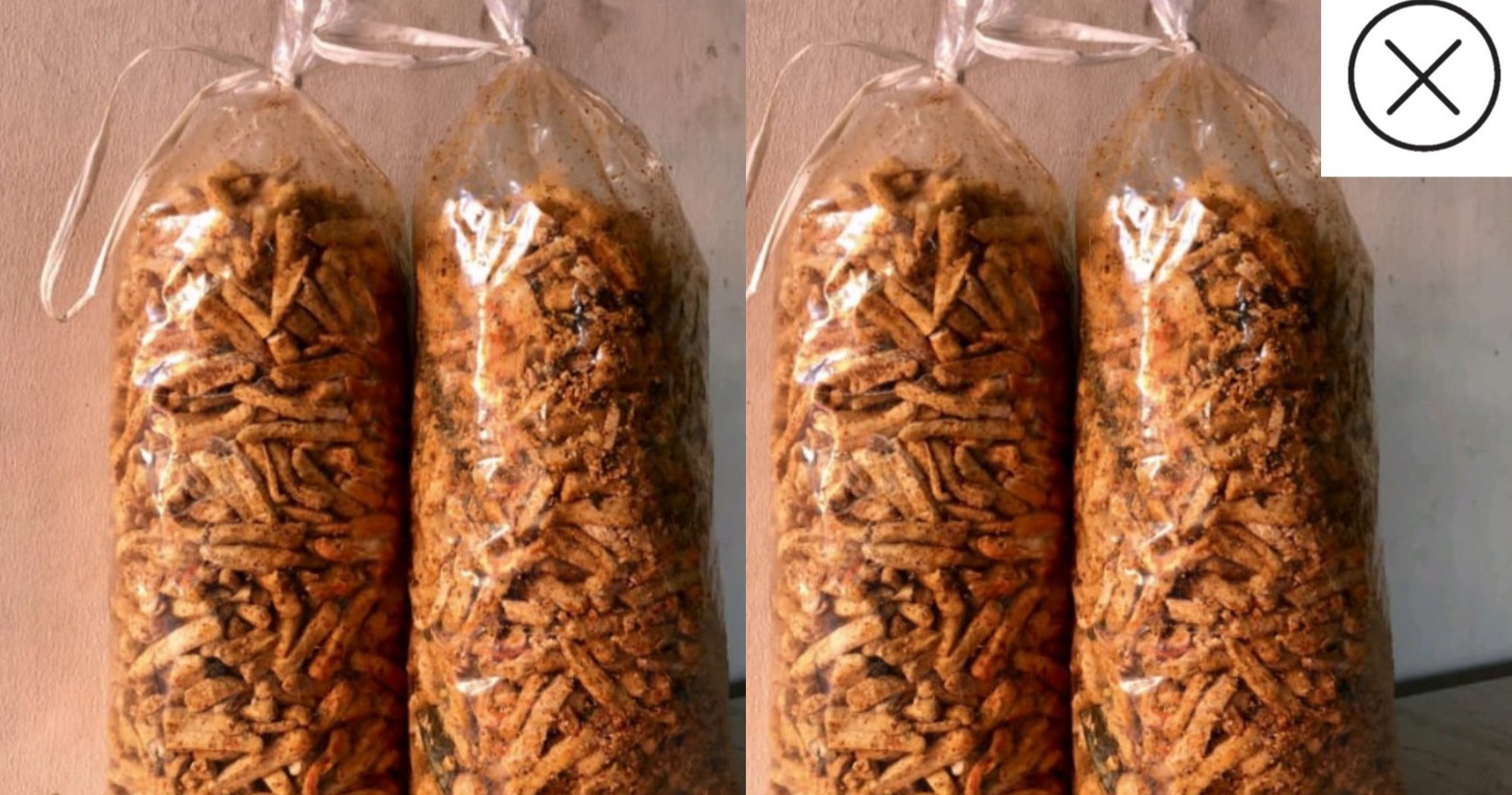Rotator Cuff

The rotator cuff is a group of tendons and muscles in the shoulder, connecting the upper arm (humerus) to the shoulder blade (scapula). The rotator cuff tendons provide stability to the shoulder; the muscles allow the shoulder to rotate.
The muscles in the rotator cuff include:
- Teres minor
- Infraspinatus
- Supraspinatus
- Subscapularis
Each muscle of the rotator cuff inserts at the scapula, and has a tendon that attaches to the humerus. Together, the tendons and other tissues form a cuff around the humerus.
Rotator Cuff Conditions
- Rotator cuff tear: An injury tears a rotator cuff tendon that�s been weakened by age or wear and tear. Weakness in the arm (and usually pain) are the symptoms.
- Rotator cuff tendinitis (tendonitis): Repetitive overhead use of the arms (such as painting or throwing) causes a painful strain injury. Rest, ice, and pain relievers are usually effective treatments.
- Rotator cuff impingement: The tendons of the rotator cuff are squeezed between the humerus and a nearby bone called the acromion. Symptoms and treatment of impingement are similar to tendinitis.
- Frozen shoulder (adhesive capsulitis): The humerus adheres to the shoulder blade, causing shoulder pain and stiffness. Symptoms usually resolve with time and exercise, or steroid injections.
- Subacromial bursitis: Inflammation of the small sac of fluid (bursa) that cushions the rotator cuff tendons from a nearby bone (the acromion).
Rotator Cuff Tests
- Magnetic resonance imaging (MRI): Magnetic waves create highly detailed images of the muscles, bones, and tendons in the shoulder.
- Computed tomography (CT): A machine takes multiple X-ray pictures of the shoulder, and a computer reconstructs them into detailed images. CT is not as effective as MRI at detecting rotator cuff problems.
- Plain films (X-rays): X-ray films don�t show rotator cuff problems, but may show fractures, bone spurs, or other bone abnormalities.
- Physical examination: Limitations in different movements suggest different problems. If a doctor can move your arm fully, but you can�t (because of weakness), a rotator cuff tear is possible.
- Ultrasound: An ultrasound probe directs painless high-frequency sound waves at the shoulder, creating images of the muscles and tendons.
- Arthrogram: Dye is injected into the shoulder joint and X-ray films are taken. If dye leaks out of the shoulder joint on the films, there may be a rotator cuff tear.
- Painful Arc test: Pain that is elicited when raising the arm beyond 90 degrees. The arm moves away from the body and toward the side.
Rotator Cuff Treatments
- Pain medicines: Nonsteroidal anti-inflammatory drugs (NSAIDs), acetaminophen, or other medicines can be used to relieve the pain of rotator cuff injuries.
- Corticosteroid injections: Cortisone or another anti-inflammatory steroid medicine is injected into the shoulder. The reduction in inflammation helps relieve pain.
- Physical therapy: Various exercises can improve flexibility and strength of the other muscles in the rotator cuff. This increased strength can help compensate for a rotator cuff problem.
- Occupational therapy: Similar to physical therapy, occupational therapy for rotator cuff injuries focuses on daily tasks that require shoulder movements.
- Arthroscopic surgery: A surgeon operates through small incisions, using an arthroscope (a tube with a camera and tools on its end). The torn rotator cuff tendon is reattached to the bone.
- Traditional (open) surgery: Through a larger incision, a surgeon cuts through the muscles and other tissues to reach a torn rotator cuff tendon. The tendon can then be reattached to the bone.
